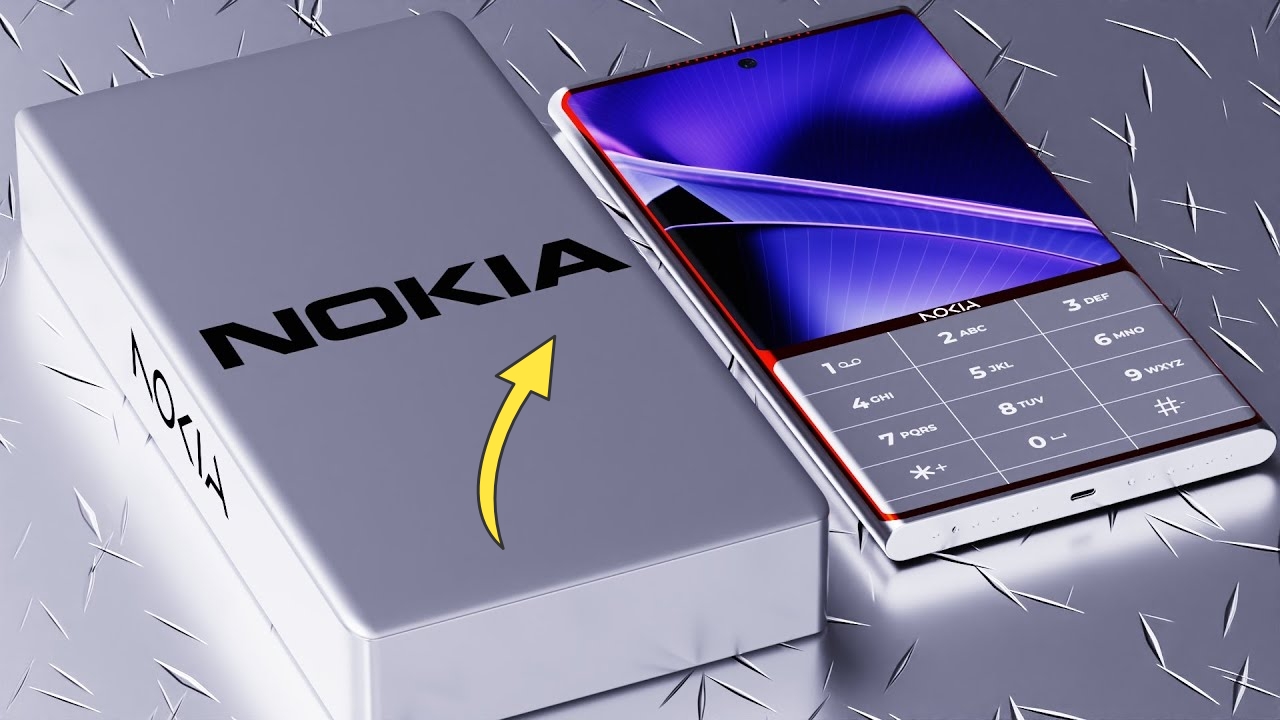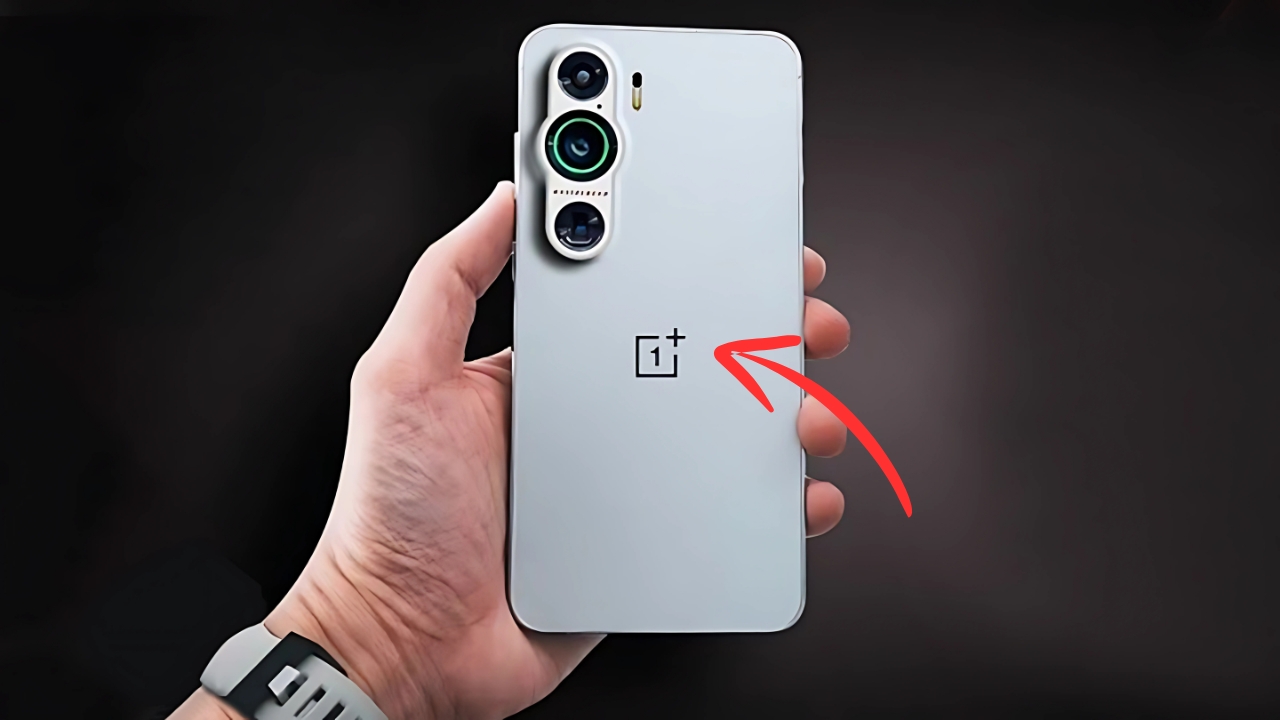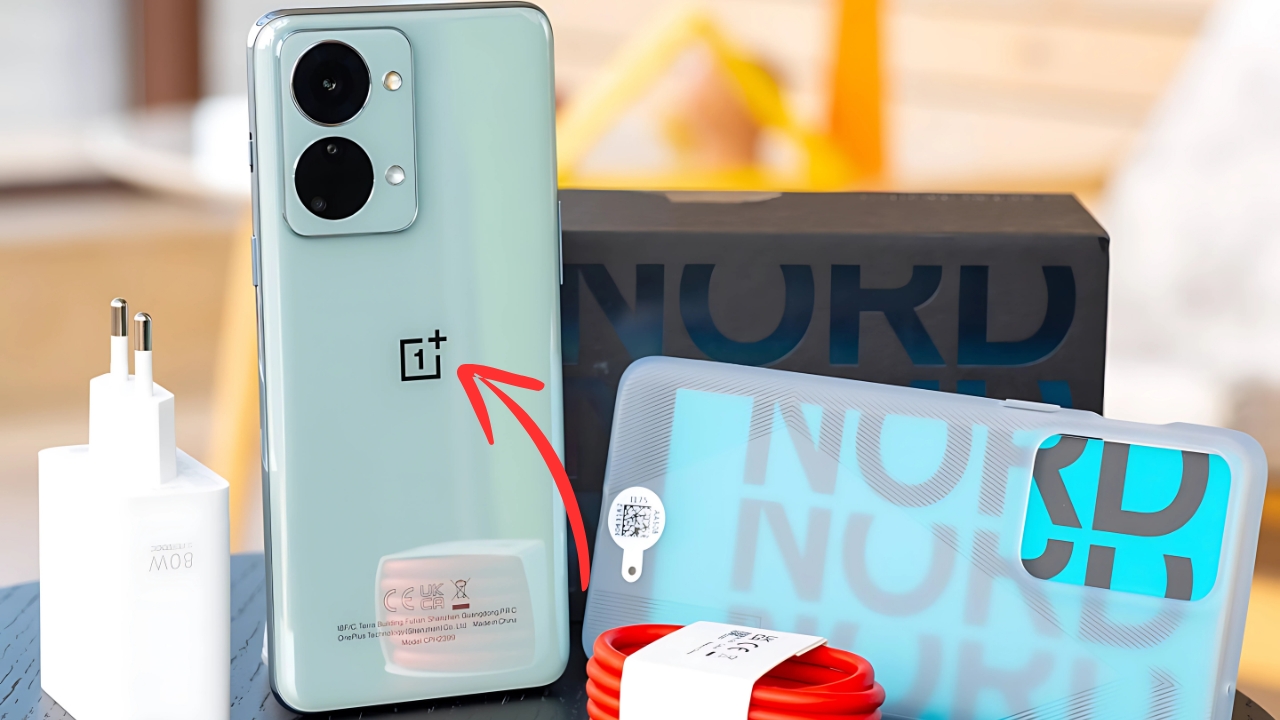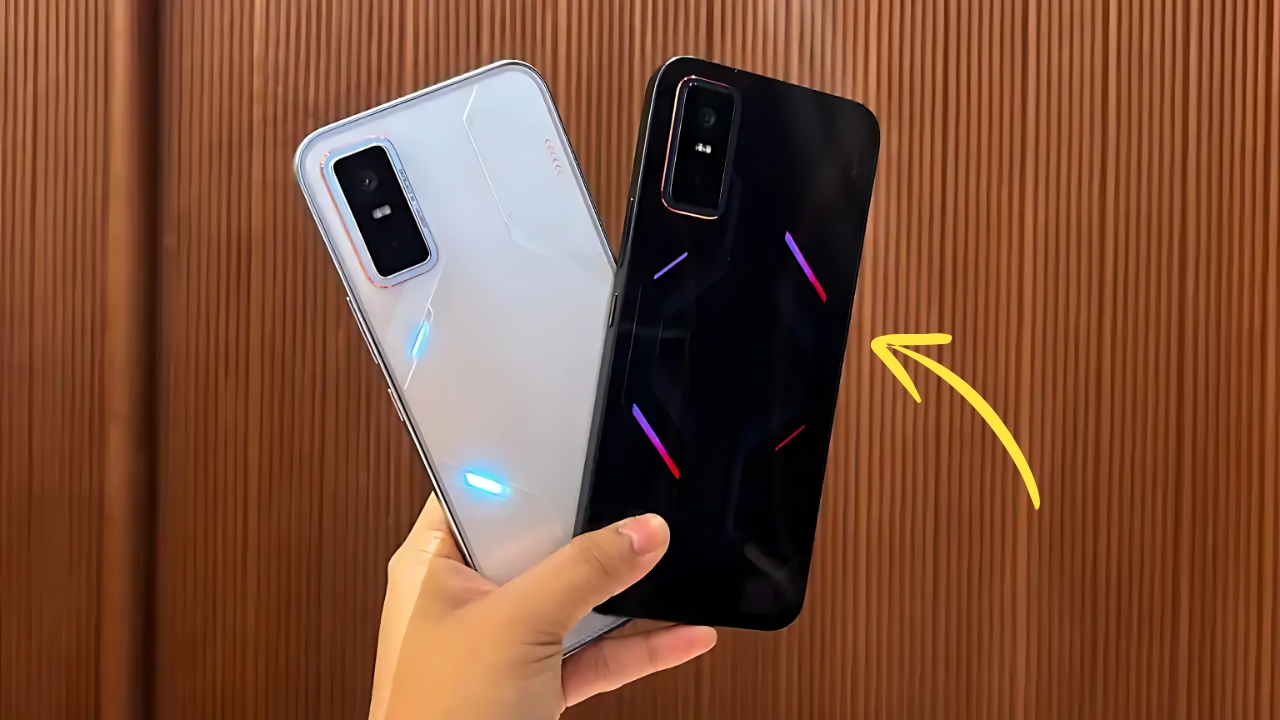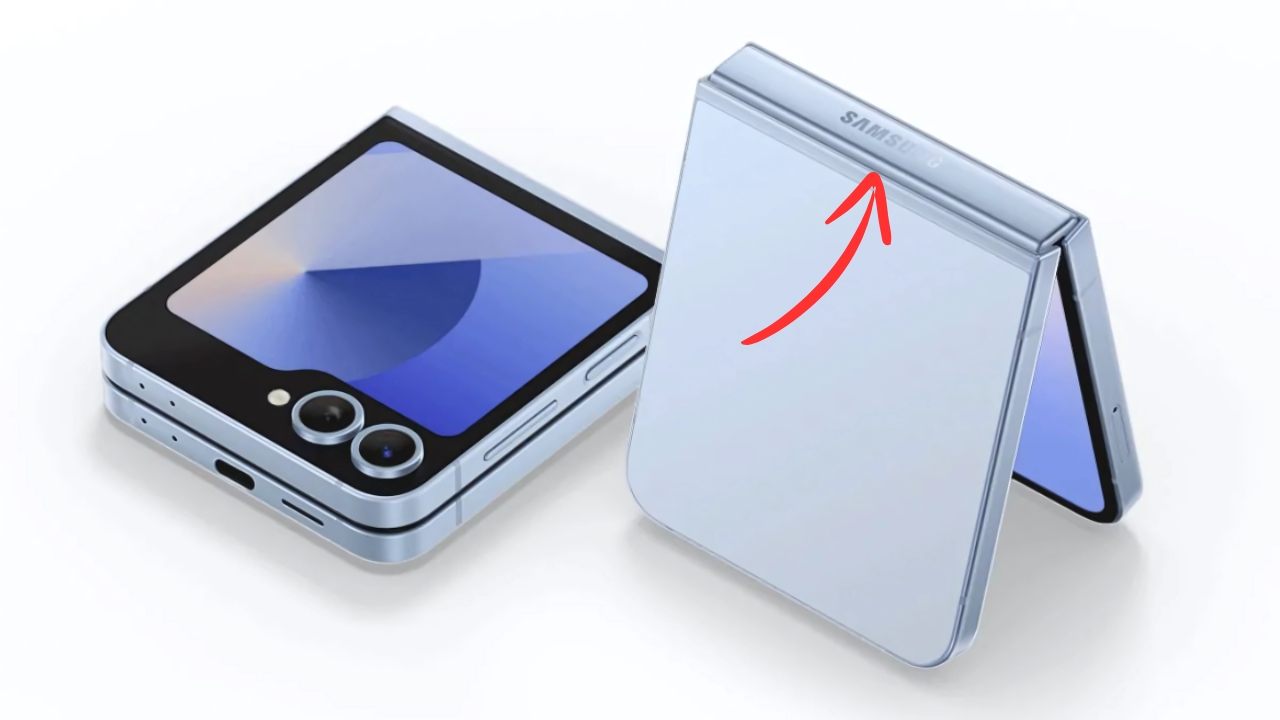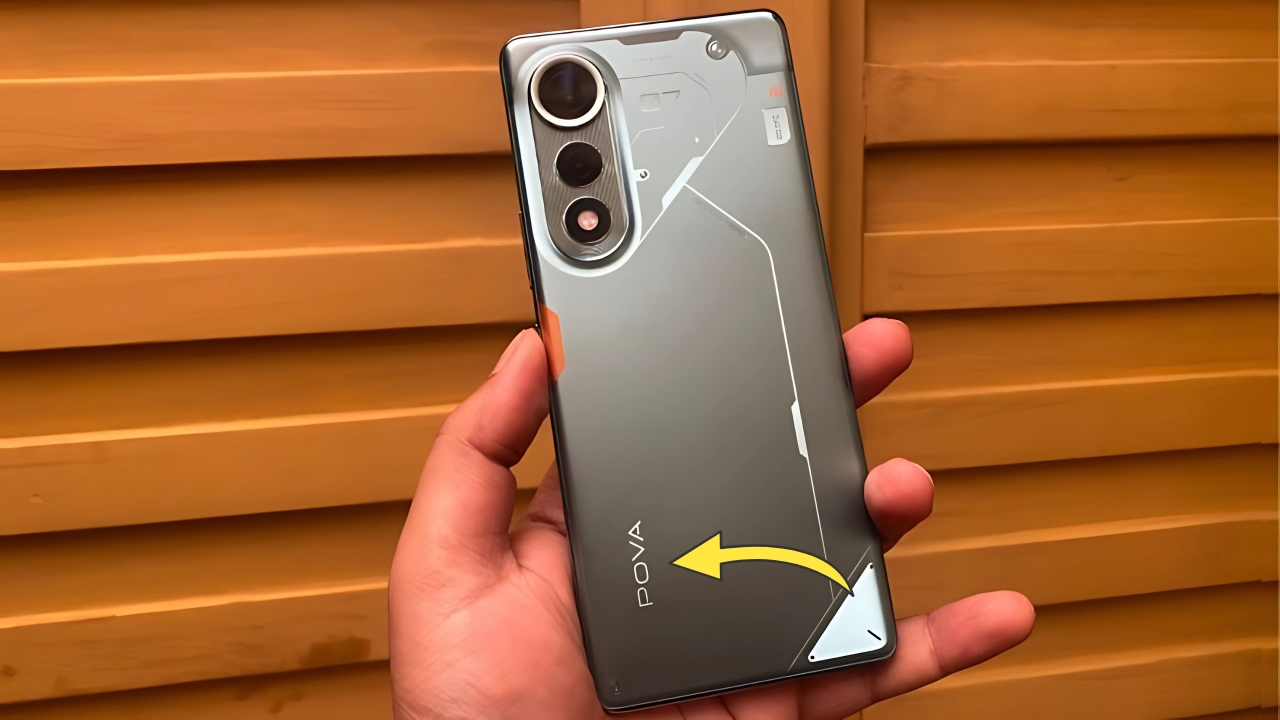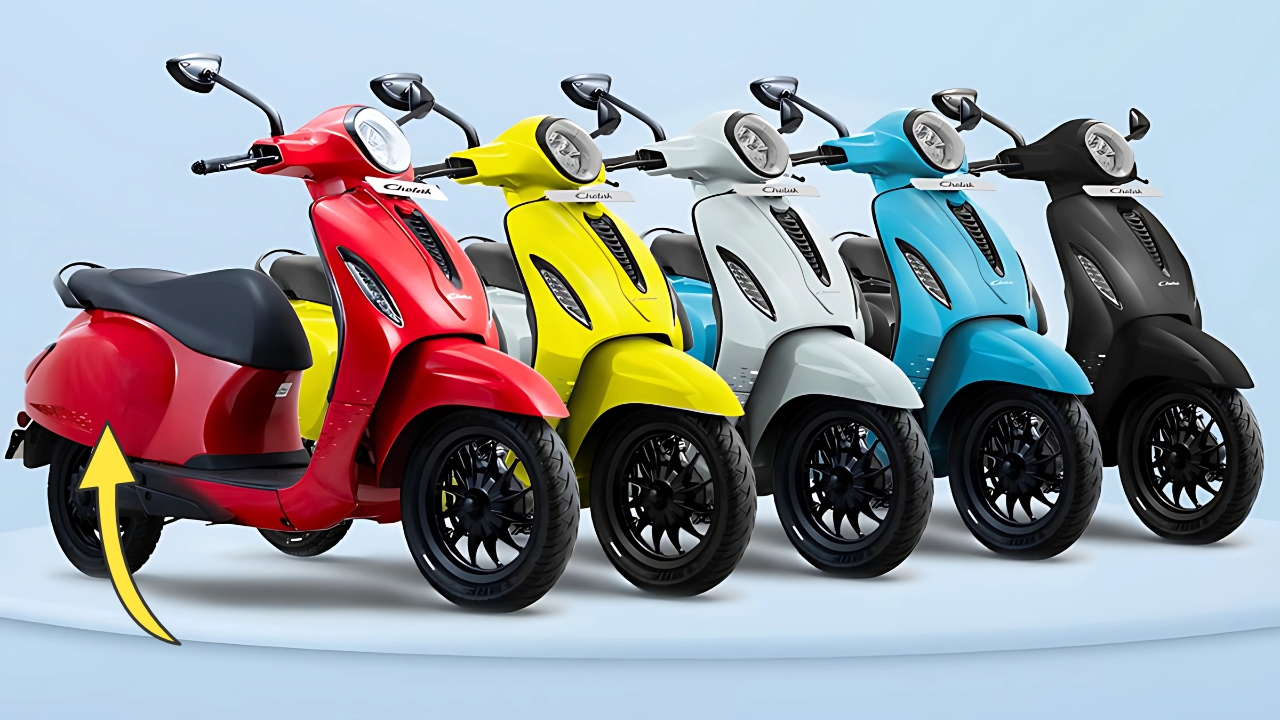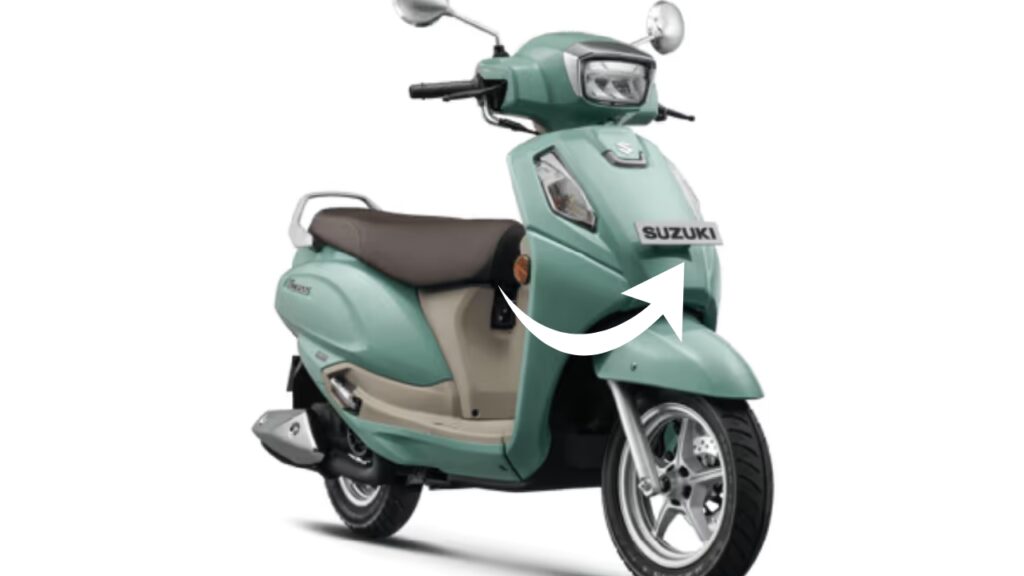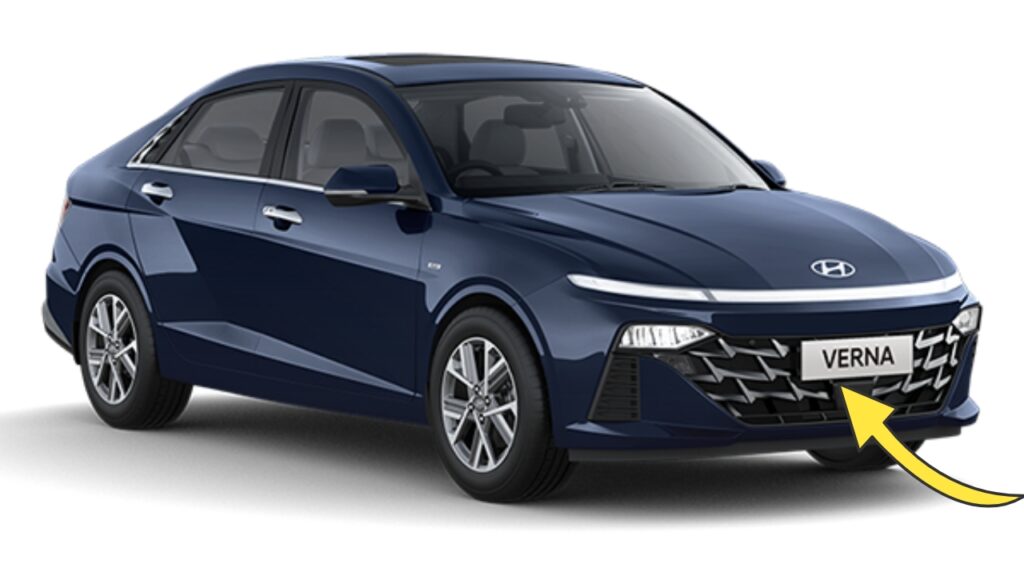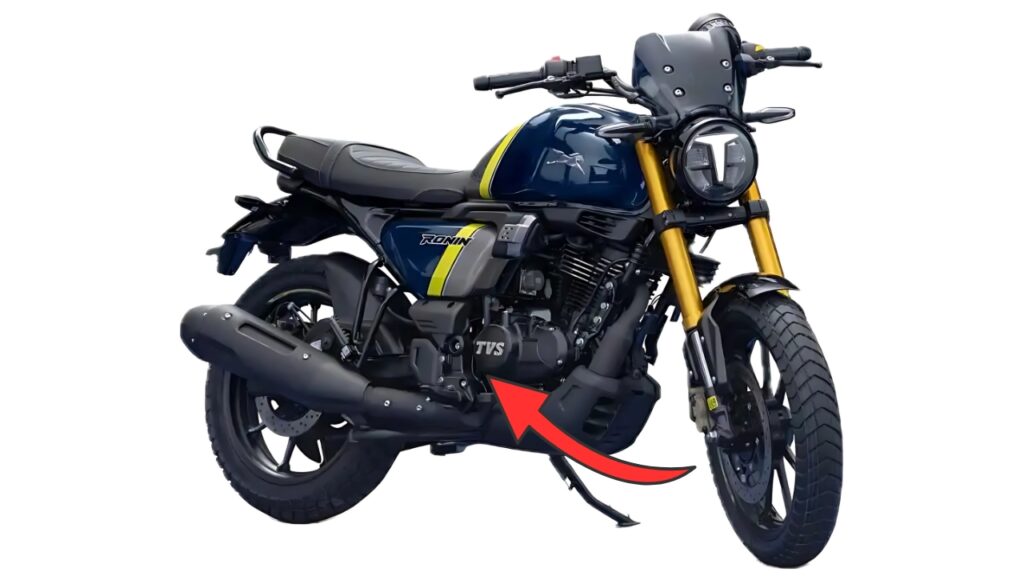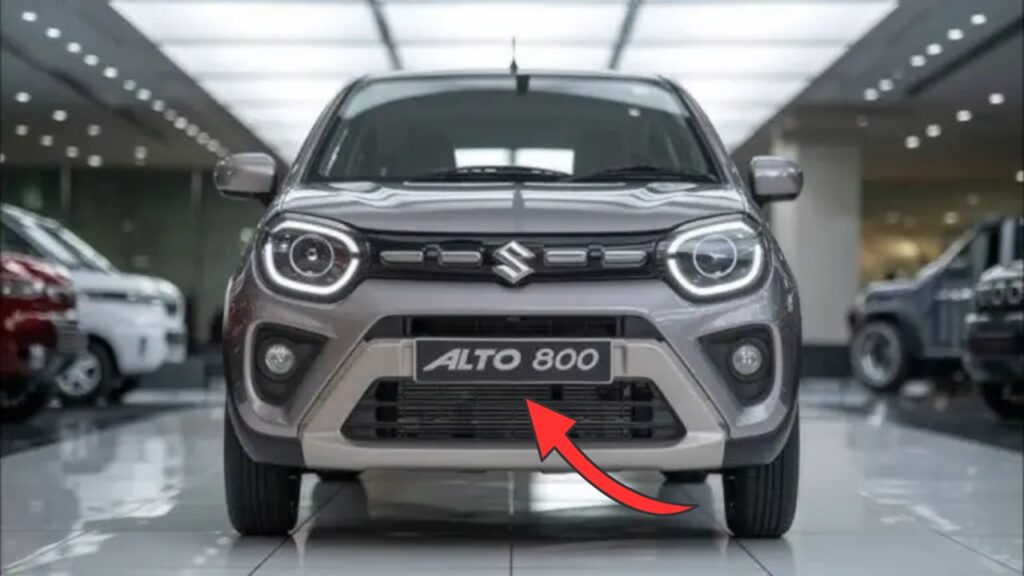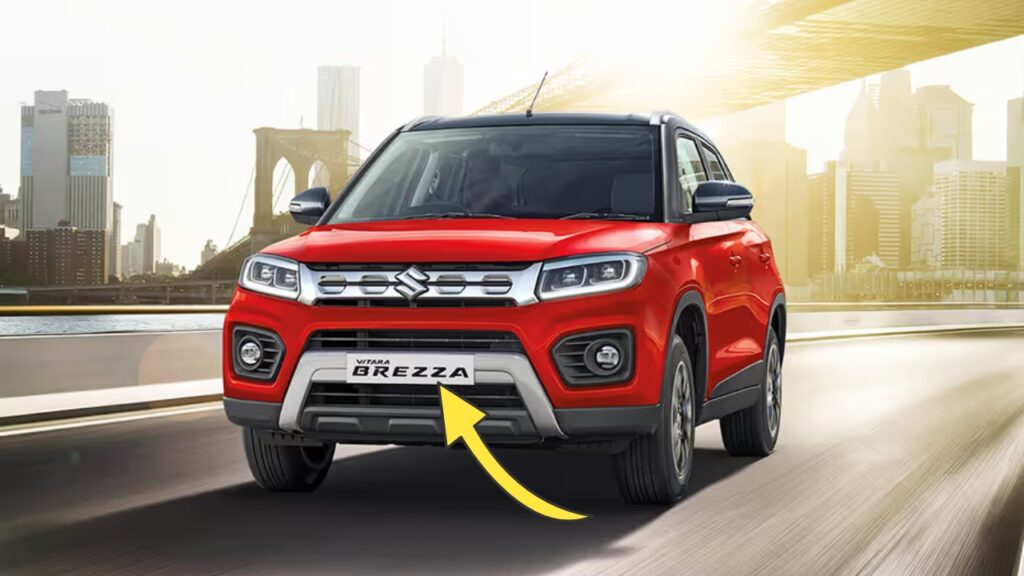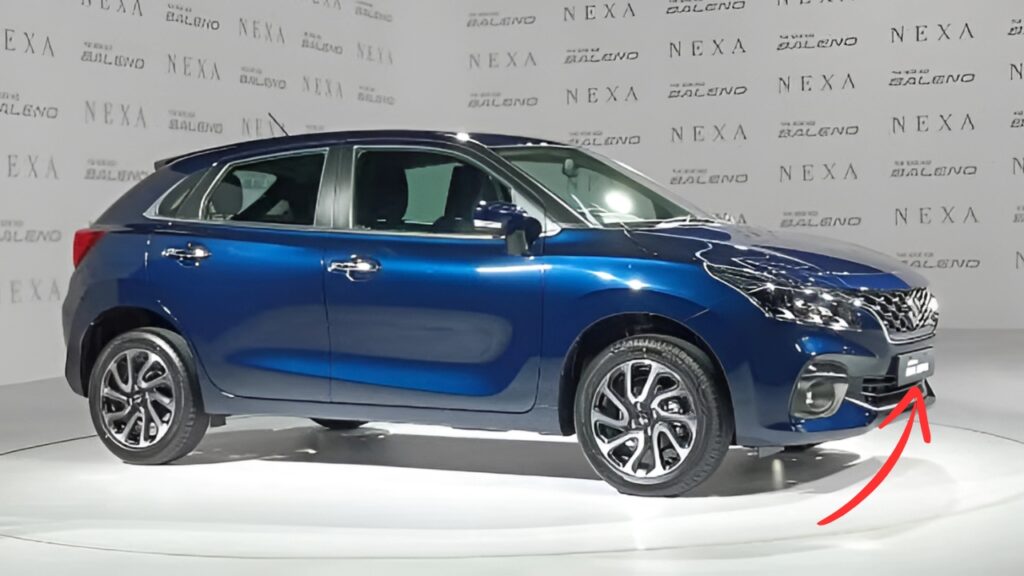Nokia Keypad Phone 5G: In a smartphone landscape dominated by increasingly homogeneous glass slabs, HMD Global’s decision to revive the iconic Nokia 3210 with modern connectivity represents a bold counter-movement.
This reimagined classic combines the simplicity and durability that defined Nokia’s golden era with carefully selected contemporary features that acknowledge how our relationship with mobile technology has evolved.
After spending two weeks with the Nokia 3210 5G as my secondary device—navigating its T9 keyboard, experimenting with its capabilities, and integrating it into my digital detox efforts—I’ve developed a nuanced understanding of both its appeal and limitations in today’s hyperconnected world.
Nokia Keypad Phone 5G: Design: Nostalgic Form with Thoughtful Updates
The 3210 5G immediately evokes the familiar silhouette of its legendary predecessor, with a candybar form factor featuring a physical keypad and compact display. However, this isn’t merely a carbon copy with updated internals.
HMD Global has thoughtfully evolved the design while maintaining the essential character that made the original so beloved.
My review unit came in the signature “Nokia Blue” colorway, though “Charcoal Black” and “Sand Gold” options are also available.
The body features a matte finish that resists fingerprints while providing excellent grip—a welcome change from the slippery glass sandwiches that dominate today’s market.
The build quality impressed me particularly, with a reassuring solidity that suggests this device could withstand the accidental drops and bumps of daily life without requiring a protective case.
At 123.8 × 50.5 × 13.9mm and weighing 122g, the phone sits comfortably in hand and pocket alike. The increased thickness compared to contemporary smartphones houses both the generous battery and the physical keypad, while still remaining manageable for one-handed operation.
This dimensional balance strikes me as particularly well-considered—maintaining the compact footprint that defined feature phones while accommodating modern components.
The physical keypad features well-defined buttons with satisfying tactile feedback—a crucial detail for a device that depends on this input method.
The keys have sufficient spacing to prevent accidental presses, while the central navigation button provides intuitive menu navigation.
Muscle memory for T9 typing returned surprisingly quickly, though the learning curve would likely be steeper for those who never experienced this input method during the pre-smartphone era.
Perhaps most significantly, HMD Global has added a 2.8-inch color display with dramatically improved resolution compared to the original.
While modest by smartphone standards, this screen strikes an effective balance—large enough to display essential information clearly while maintaining the device’s compact proportions. The non-touch interface preserves the simplicity that defines the device’s philosophy.
Other thoughtful modernizations include a USB-C port for charging and data transfer, replacing the proprietary connectors of earlier Nokia devices. A 3.5mm headphone jack provides audio connectivity—an increasingly rare feature that many users still value.
The removable back panel provides access to the replaceable battery, SIM slot, and microSD card slot—a repairable approach that stands in stark contrast to the sealed designs common today.
Connectivity: Essential Modern Standards
The headline feature of this revival is suggested in its name: 5G connectivity brings next-generation network capabilities to the feature phone form factor.
This implementation supports both Sub-6GHz and mmWave standards where available, ensuring compatibility with global 5G deployments.
During my testing across urban environments, the phone maintained reliable 5G connections with download speeds comparable to modern smartphones on the same networks.
This connectivity extends beyond cellular capabilities. The 3210 5G includes dual-band Wi-Fi 6 (802.11ax), Bluetooth 5.2, and NFC for contactless payments—essential modern standards that acknowledge how these technologies have become fundamental to daily life.
GPS, GLONASS, and Galileo support provides accurate location services for basic navigation needs.
The decision to include these capabilities while maintaining the feature phone form factor reveals a thoughtful approach to the device’s positioning.
Rather than creating a mere novelty item with limited practical use, HMD Global has developed a genuinely functional alternative for those seeking simplicity without complete disconnection from modern digital services.
Interface: Simplicity Without Frustration
The Nokia 3210 5G runs a customized version of KaiOS, a lightweight operating system designed specifically for keypad-based devices.
This software strikes an effective balance between simplicity and functionality, providing essential features without the overwhelming complexity of contemporary smartphone interfaces.
Navigation follows the familiar pattern established by feature phones, with a main menu accessible via the central button and directional navigation to select options.
The interface responds promptly to inputs, with minimal waiting times when launching applications or moving between screens—an important consideration for a device that emphasizes efficiency.
Text input relies primarily on the T9 predictive text system, which assigns multiple letters to each numeric key and uses dictionary-based prediction to determine the intended word.
This method, while initially slower than touchscreen keyboards for those unaccustomed to it, offers surprising efficiency once muscle memory develops.
The physical feedback from real buttons provides a distinct advantage when typing without looking at the screen—something virtually impossible on modern touchscreens.
The home screen displays essential information including time, date, network status, and battery level, with customization options for wallpaper and layout.
Notifications appear as simple icons with counters, requiring deliberate interaction to view details—a design choice that aligns with the device’s focus on reducing digital distraction.
Essential Applications: Thoughtful Curation
Rather than attempting to replicate the app ecosystem of smartphones, the 3210 5G offers a curated selection of essential applications optimized for its interface and capabilities:
The messaging application supports both traditional SMS and modern messaging platforms including WhatsApp and Telegram through simplified clients.
These implementations focus on text communication while omitting more bandwidth-intensive features like video calls or animated stickers. The result is a messaging experience that maintains connection without encouraging the constant engagement typical of smartphone applications.
The browser provides basic web access with simplified rendering that prioritizes text content. While multimedia elements display when necessary, the experience emphasizes efficiency over immersion—loading pages quickly with minimal data usage.
This approach proves surprisingly effective for quick information retrieval, though it naturally cannot match the rich web experience of modern smartphones for complex sites.
Email functionality supports major providers with a straightforward interface for reading and composing messages.
The implementation focuses on text communication, handling attachments as viewable but emphasizing the core function of written correspondence.
This limitation actually enhances the device’s utility as a communication tool by encouraging concise, purposeful exchanges.
Maps provides basic navigation capabilities with stripped-down visuals that prioritize directional guidance over detailed visualization.
Turn-by-turn directions work effectively, though the experience naturally differs from the rich mapping applications available on smartphones. For basic navigation needs, however, the implementation proves entirely adequate.
The KaiOS Store offers a limited selection of additional applications including basic social media clients, news readers, and utilities.
These applications maintain the simplified approach of the core offerings, focusing on essential functionality without feature bloat.
The curated nature of this ecosystem aligns with the device’s philosophy—providing necessary tools without encouraging digital overconsumption.
Camera: Functional When Necessary
The 3210 5G includes a single 8MP rear camera with LED flash—modest by current standards but adequate for basic photography needs.
This implementation acknowledges that while photography has become an essential mobile function, it need not be the primary focus of every device.
Image quality in good lighting conditions proves reasonable, capturing clear, detailed photos suitable for documentation and basic sharing.
Color reproduction tends toward natural rather than vibrant, avoiding the oversaturated look common in many smartphone cameras.
Dynamic range shows limitations in high-contrast scenes, though this rarely proves problematic for the utilitarian photography this camera is designed to handle.
Low-light performance is predictably limited without the computational photography capabilities of modern smartphones.
The LED flash provides adequate illumination for nearby subjects, though with the harsh lighting characteristic of direct flash photography.
For documenting information or capturing basic memories in challenging lighting, the camera functions adequately while acknowledging its limitations.
The camera interface follows the device’s overall philosophy of simplicity, offering basic controls through the keypad navigation.
Capturing photos requires deliberate intent rather than the casual, constant documentation encouraged by smartphone camera implementations—a limitation that might actually enhance mindful photography practices.
Battery Life: Days, Not Hours
Perhaps the most dramatic departure from contemporary smartphone experience comes in battery performance.
The 3210 5G features a 2,500mAh removable battery that consistently delivered 4-5 days of regular use during my testing period.
This extended endurance stems from multiple factors—the efficient processor, small non-touch display, and software designed for minimal power consumption.
Even with 5G connectivity enabled, the phone maintains impressive longevity compared to modern smartphones.
When using primarily 2G/3G networks in areas with limited 5G coverage, battery life extends further to nearly a week between charges.
The included 10W charger refills the battery from empty in approximately 2 hours, while compatibility with standard USB-C power delivery allows charging from most modern adapters.
The removable design deserves specific mention for its long-term sustainability implications. Unlike sealed smartphones where battery degradation eventually necessitates device replacement, the 3210 5G allows simple battery replacement when capacity inevitably diminishes over time.
This approach significantly extends the potential lifespan of the device—an important consideration in our increasingly e-waste conscious world.
Comparative Analysis: The 3210 5G vs. Alternatives
| Feature | Nokia 3210 5G | Nokia 8210 4G | Punkt MP02 | Light Phone II | Standard Smartphone |
|---|---|---|---|---|---|
| Network Connectivity | 5G, 4G, 3G, 2G | 4G, 3G, 2G | 4G, 3G, 2G | 4G, 3G, 2G | 5G, 4G, 3G, 2G |
| Display | 2.8″ QVGA Color | 2.8″ QVGA Color | 2.0″ Monochrome | 2.8″ E-Ink | 6.1-6.8″ Full HD+ |
| Input Method | Physical Keypad | Physical Keypad | Physical Keypad | Touchscreen | Touchscreen |
| Camera | 8MP Rear | 2MP Rear | None | None | 12-108MP Multiple |
| Battery Life | 4-5 Days | 3-4 Days | 4 Days | 2-3 Days | 1 Day |
| Modern Apps | Limited Selection | Very Limited | Minimal | Minimal | Extensive |
| Messaging | SMS, WhatsApp, Telegram | SMS Only | SMS Only | SMS Only | All Platforms |
| Price | $149/€139/£129 | $79/€69/£59 | $349/€329/£299 | $299/€279/£249 | $400-1400 |
| Target Audience | Digital Minimalists, Secondary Device | Basic Phone Users | Digital Detox Enthusiasts | Digital Detox Enthusiasts | General Consumers |
This comparison highlights the 3210 5G’s unique positioning between traditional feature phones and minimalist alternatives.
It offers significantly more capabilities than basic feature phones without approaching the overwhelming complexity of smartphones.
Compared to premium minimalist devices like the Punkt MP02 or Light Phone II, it provides greater functionality at a more accessible price point.
Key Strengths of the Nokia 3210 5G
-
Balanced Connectivity: The inclusion of 5G, Wi-Fi 6, and Bluetooth 5.2 provides essential modern connectivity without encouraging constant digital consumption.
-
Exceptional Battery Life: The 4-5 day battery endurance represents a dramatic improvement over smartphone alternatives, reducing charging anxiety and dependency.
-
Physical Durability: The robust construction and replaceable components suggest significantly longer potential lifespan than typical smartphones.
-
Thoughtful Application Selection: The curated software approach provides essential functionality without the overwhelming app ecosystem of smartphones.
-
Tangible Interface: Physical buttons provide tactile feedback and enable eyes-free interaction that touchscreens cannot match.
-
Digital Wellbeing Focus: The design philosophy naturally encourages more intentional device usage patterns compared to attention-seeking smartphones.
-
Accessibility: The straightforward interface and physical buttons provide advantages for certain users, including older adults and those with specific disabilities.
The Ownership Experience: Relationship Rather Than Dependency
Using the 3210 5G as a secondary device for two weeks revealed subtle but meaningful shifts in my relationship with mobile technology.
The most immediate change came in notification behavior—without the constant stream of alerts that characterizes smartphone usage, I found myself checking the device only when specifically needed rather than reflexively throughout the day.
Text messaging through the T9 keyboard naturally encouraged more concise, thoughtful communication compared to the rapid-fire exchanges common on smartphones.
The additional effort required for each message created a natural filter that prioritized meaningful communication over casual chitchat.
Navigation between applications requires deliberate intent rather than the mindless switching common on smartphones.
This friction isn’t frustrating but rather serves as a gentle reminder of purpose—encouraging users to consider why they’re using the device rather than simply responding to its demands for attention.
Perhaps most significantly, the extended battery life changed my relationship with charging anxiety.
The knowledge that the device would last for days rather than hours removed the constant awareness of battery percentage that accompanies smartphone usage, creating a more relaxed relationship with the technology.
Nokia Keypad Phone 5G: Purposeful Alternative Rather Than Replacement
The Nokia 3210 5G succeeds not because it attempts to replace smartphones entirely, but because it offers a thoughtfully designed alternative for specific contexts and users.
For digital minimalists seeking to maintain essential connectivity without constant distraction, it provides a genuinely viable option.
As a secondary device for periods requiring focus or situations where smartphone fragility creates anxiety, it offers practical utility beyond mere nostalgia.
What impresses most about this revival is how it balances honoring the original’s spirit while acknowledging how mobile technology has evolved.
Rather than creating a mere replica with token modern features, HMD Global has thoughtfully considered which contemporary capabilities are genuinely essential while preserving the simplicity and durability that defined Nokia’s legacy.
The 3210 5G represents a compelling counter-narrative in our mobile technology discourse—suggesting that progress need not always mean increasing complexity and consumption.
By reimagining what a modern feature phone can be, it creates space for more intentional relationships with technology that prioritize human needs over engagement metrics and constant connectivity.
For users seeking to modify their digital habits without complete disconnection, the Nokia 3210 5G offers a refreshingly different approach—one that acknowledges the benefits of modern mobile technology while gently pushing back against its more problematic aspects.
In doing so, it demonstrates that sometimes moving forward might actually mean looking back to what worked before.
